Golang is a popular programming language that is known for its performance, reliability, and ease of use. It is also a great choice for building web applications as it provides a number of open-source frameworks that makes it easy to build APIs, Web Services, and Microservices. In this article, we will take a look at some of the most popular Golang open-source web frameworks for building services and APIs.
1. Gin
Gin is a high-performance HTTP web framework that is known for its speed and efficiency. It is a good choice for building APIs that can handle large pools of traffic. It includes a number of useful features, such as JSON validation, routes grouping, error management, and much more. If performance and speed for large pools of traffic is what you're looking for then Gin web framework is the way to go.
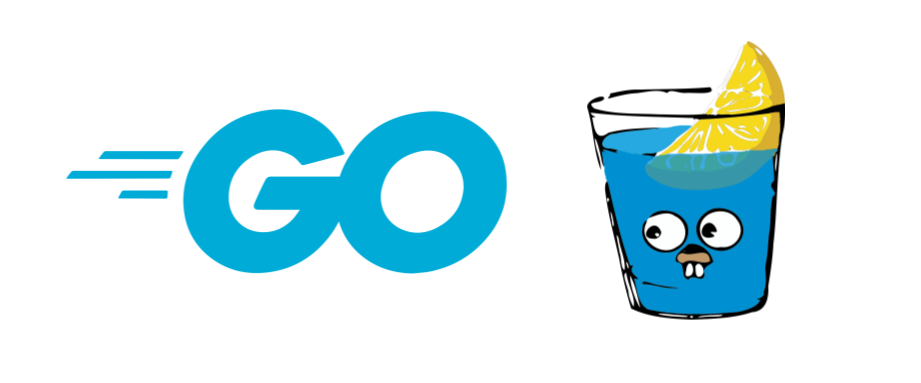
2. Beego
Beego is a full-featured web framework that provides a wide range of features which includes modularity, MVC architecture, RESTful support, annotation router, built-in ORM, and much more. It is commonly used in rapid development environments building enterprise applications which makes it a good choice for building out complex APIs and services.
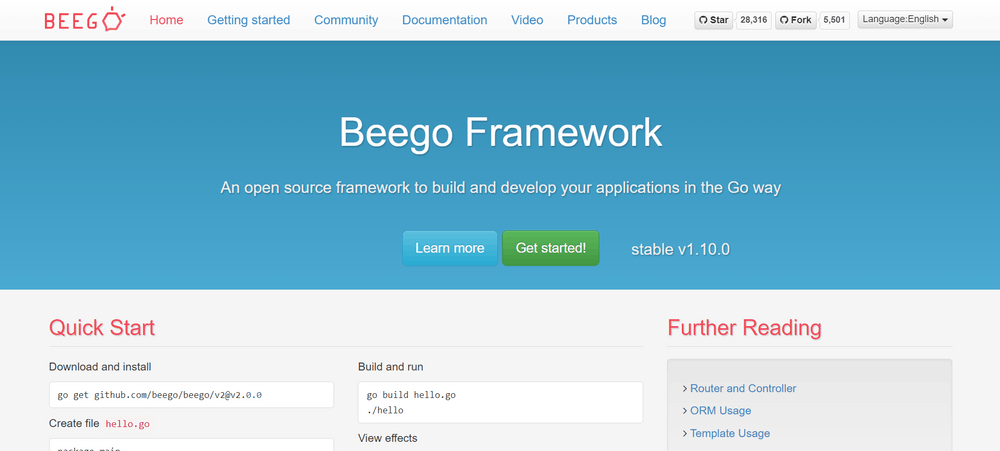
3. Echo
Echo is a lightweight high-performance web framework that is easy to learn and use. It consists of features such as scalable RESTful APIs, centralized HTTP error handling, template rendering, API groups, and much more.
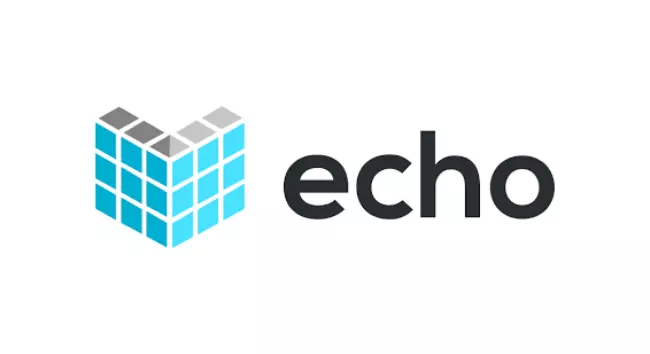
4. Fiber
Fiber is a high-performance express-inspired web framework for Golang and is regarded as one of the fastest and most performant Go web frameworks. It is designed to be fast and efficient, while still being easy to use. Fiber is a good choice for building simple APIs and is similar in syntax to NodeJS . It is built on top of Fasthttp one of the fastest http engines for Golang and designed for ease of fast development with zero memory allocation and performance in mind.
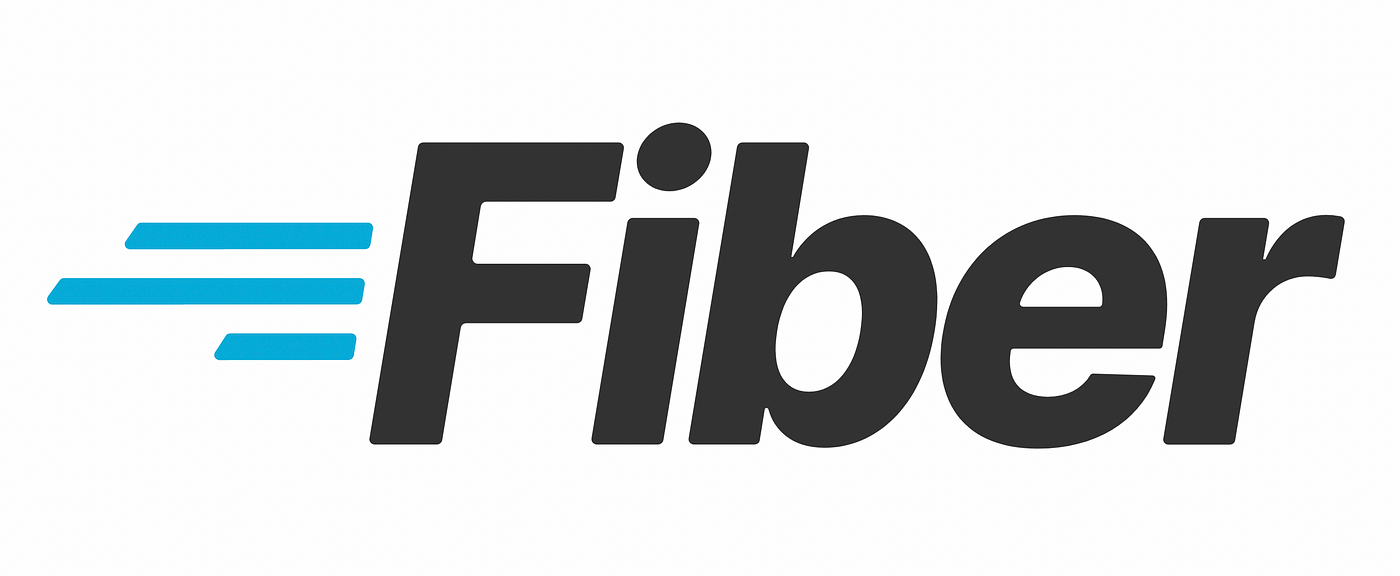
5. Gorilla Mux
Gorilla Mux is one of the popular Golang routers and used in a couple of popular web projects. It boasts functionalities such as matching routes, serving static files, middleware, serving single-page applications, and testing handlers. As of this date, the project has been archived and is not maintained anymore.

6. Chi
Chi is a lightweight, idiomatic, and composable router for building Go HTTP services. It is a good choice for building APIs that need to be flexible and easy to maintain. Chi is a relatively new framework, but it has quickly become popular due to its simplicity and flexibility. It boasts features such as compatibility with net/http, modularity and auto API documentation generation, and much more. To get you started with the Chi web framework, check out these examples.
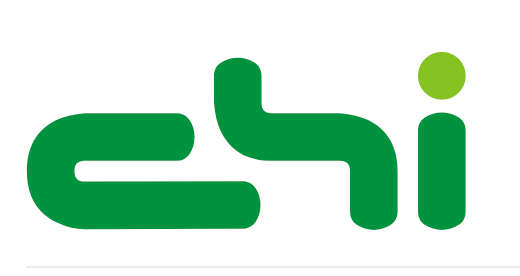
7. Iris
Iris is a simple yet fully featured cross-platform and very efficient web framework for Go with a set of robust features. This framework can even perform well on serverless platforms such as AWS serverless and what's more, if you are a software engineer coming from a NodeJS background then this framework the same as Fiber boasts similar syntax as the ExpressJS framework. There is a large open-source community and first-class support from the project contributors and well-documented documentation.
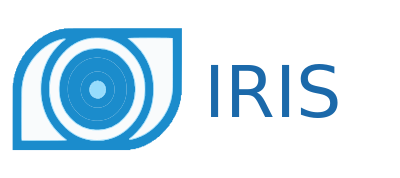
8. Kratos
Kratos is an open-source lightweight microservice-oriented high-performance web framework for Golang. This framework offers many plugins to enhance microservice functionality and integrate many other services such as fluent for logging, prometheus for metrics, consul for service discovery, and many more. Yes, the name of this web framework originated from the epic video game character from God Of War named Kratos. This is a powerful and bulletproof framework to get you started building your microservices.
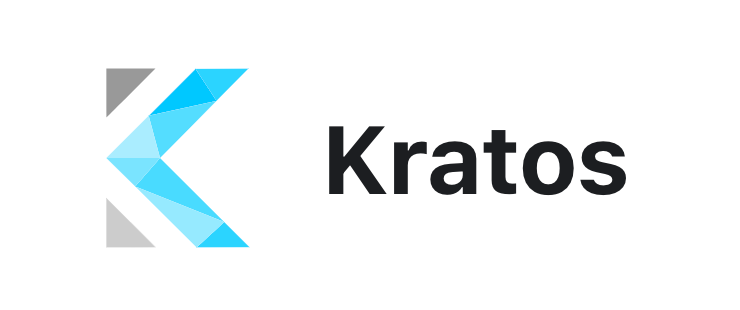
9. Go Kit
Go has an excellent standard library but the Go kit is a programming toolkit for Golang that fills in a few gaps left by the standard library. The go kit includes RPC safety, system observability, program design, and infrastructure integration.

10. Buffalo
Buffalo is a good framework or mostly it's described as an ecosystem of Go and Javascript libraries curated to fit together. It is considered the glue that wraps libraries and manages the workflow. Its toolbox includes Gorilla Mux which is a popular widely used GoLnag HTTP router, pop which is the default ORM for Buffalo and provides the soda toolbox that supports several databases such as MySQL, PostgreSQL, and SQLite. It comes with a set of frontend libraries that can also be utilized with the templating engine plush.

11. Revel
Revel is almost considered a full-stack web framework to make it simple for software engineers to build web applications using the MVC pattern. It is light on configuration and enables a blazing-fast development cycle. Revel comprises of features such as routing, validation, parameter parsing, caching, templating, and even a testing framework. Looking to start developing with Revel then check out these sample applications.
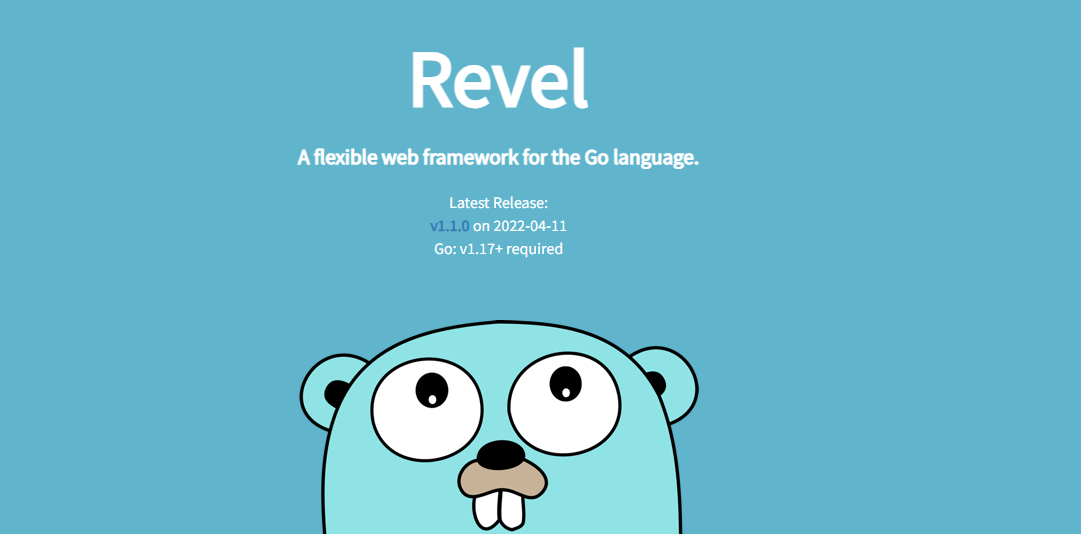
Conclusion
There are a number of great GoLang open-source frameworks for building APIs, Web Services, and Microservices. The right framework for you will depend on your specific needs and requirements. By considering the factors discussed in this blog article, you can choose the best framework for your next GoLang project. My two favorites thus far have been Gin and Fiber but looking to the rest of the frameworks specifically Chi and Iris up next. If you enjoyed this article consider signing up for our newsletter and don't forget to share it with people that would find it useful. Leave a comment below with a tutorial you would like us to cover.

